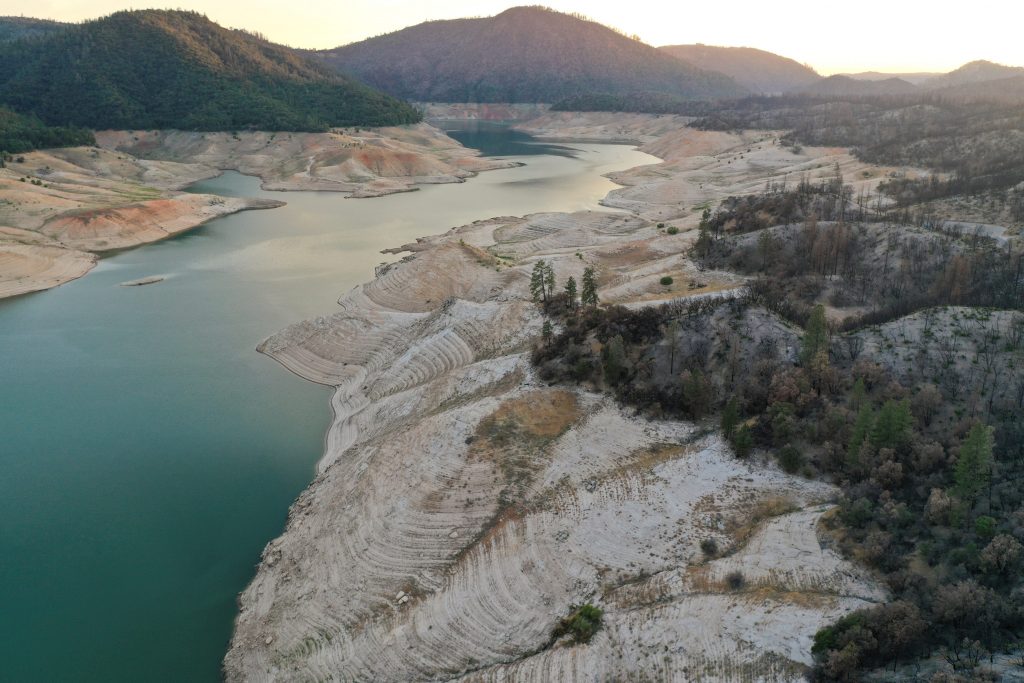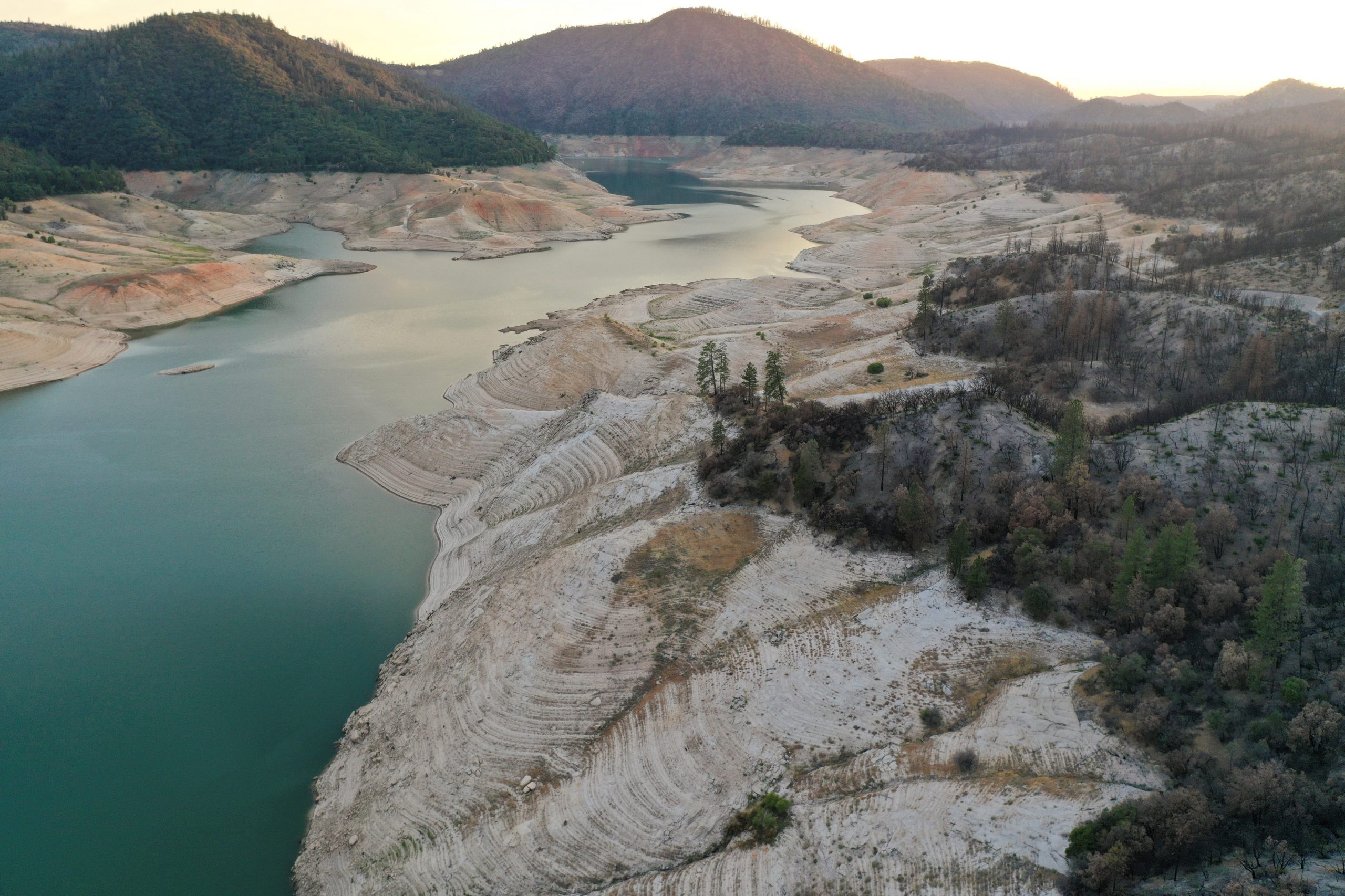
Aude Guerrucci/Reuters
- Water levels in reservoirs across California and the Colorado River are dipping to historic lows.
- A key California reservoir is so depleted, it may force a power-plant shutdown for the first time.
- Drought and an early heat wave are drying out the US West and Southwest, straining power grids.
- See more stories on Insider's business page.
California's reservoirs are shriveling up as drought and an early heat wave afflict the state. The water levels are so low that a key hydroelectric power plant will likely have to shut down for the first time ever this summer.
That's because the state's second-largest reservoir, Lake Oroville, has fallen to "alarming levels," a California Energy Commission spokesperson told CNN on Thursday.
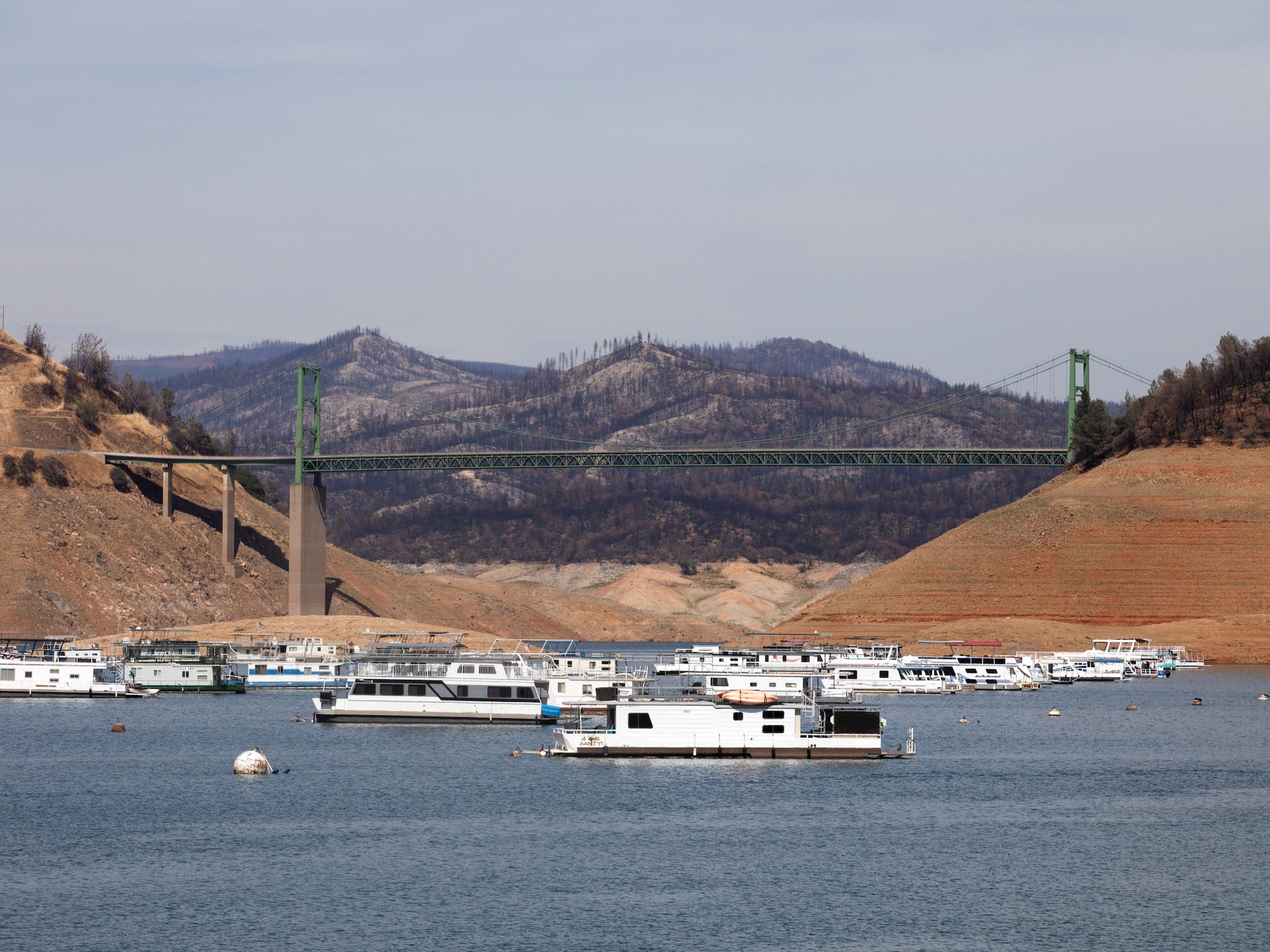
Aude Guerrucci/Reuters
Normally Lake Oroville's water pumps through Edward Hyatt Power Plant to generate enough electricity for 800,000 homes, according to CNN. But the reservoir is currently filled to just 35% of its capacity. With no end to the drought in sight, officials expect they'll be forced to close the plant in two or three months, the spokesperson said. That's when the wildfire season typically peaks.
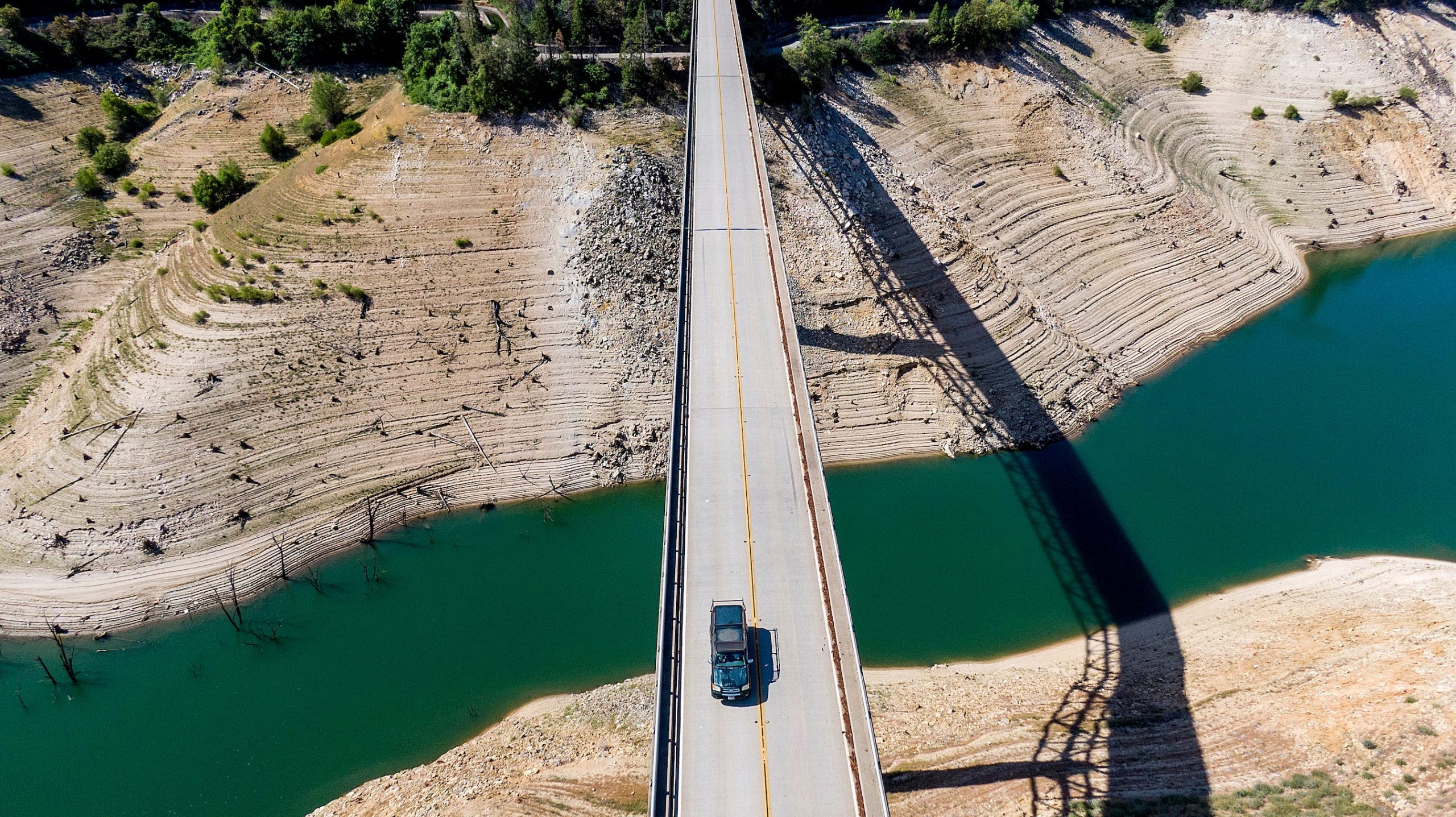
AP Photo/Noah Berger
California isn't alone. Drought conditions across the West and Southwest are more widespread and severe than they have ever been in the 20 years the US Drought Monitor has been mapping such conditions.
A heat wave washing over the western US this week will likely worsen the situation. More than 46 million people were under a heat advisory or excessive heat warning as of Wednesday, according to the National Weather Service.
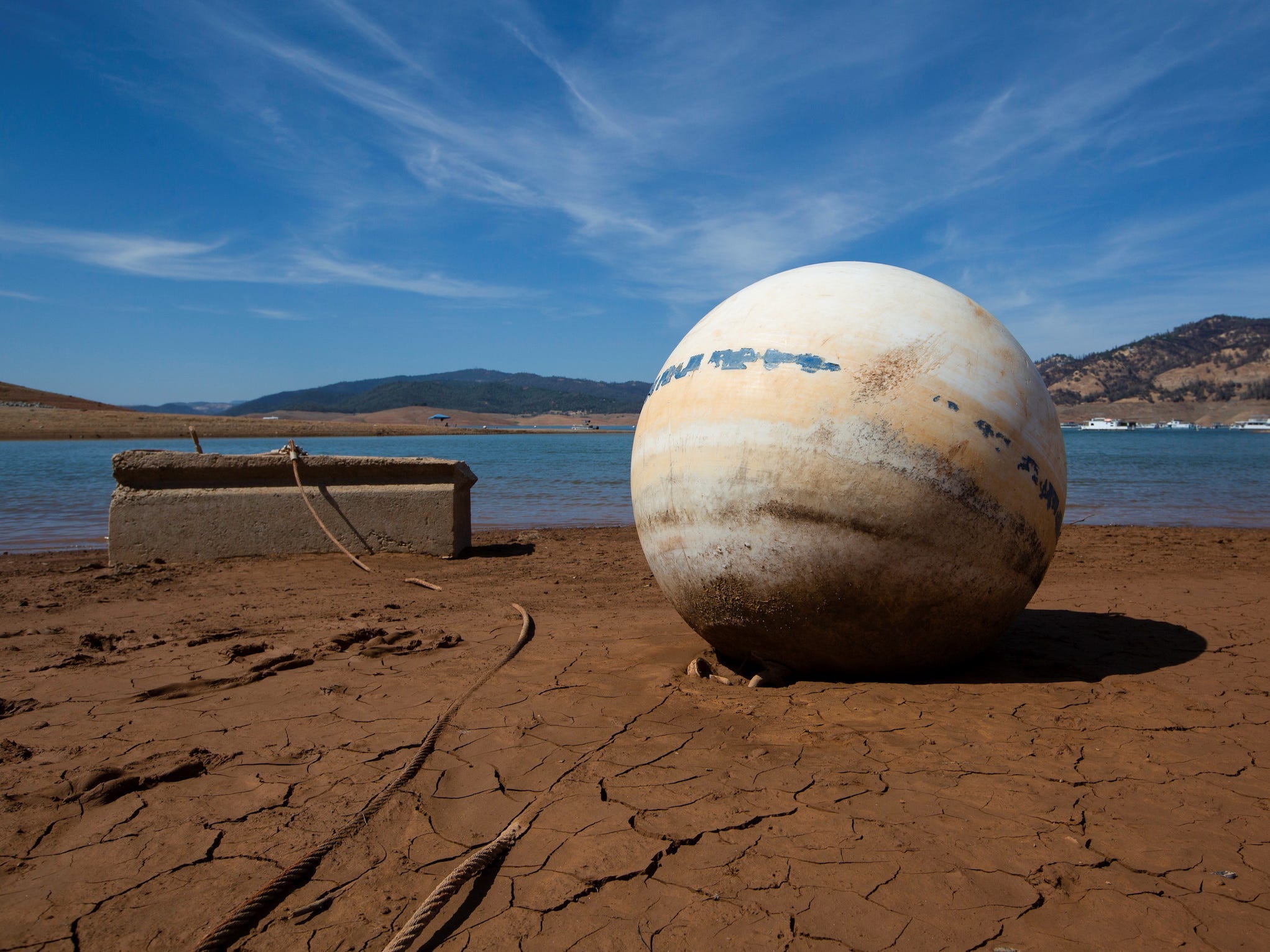
Aude Guerruci/Reuters
California Gov. Gavin Newsom declared a statewide emergency on Thursday, saying that the heat wave "has and will continue to put significant demand and strain on California's energy grid." He also asked that residents reduce evening energy use through Friday.
"The continued heat and dryness will undoubtedly have a negative impact on livelihoods across the western United States," Brandon Buckingham, a meteorologist at AccuWeather, told Insider.
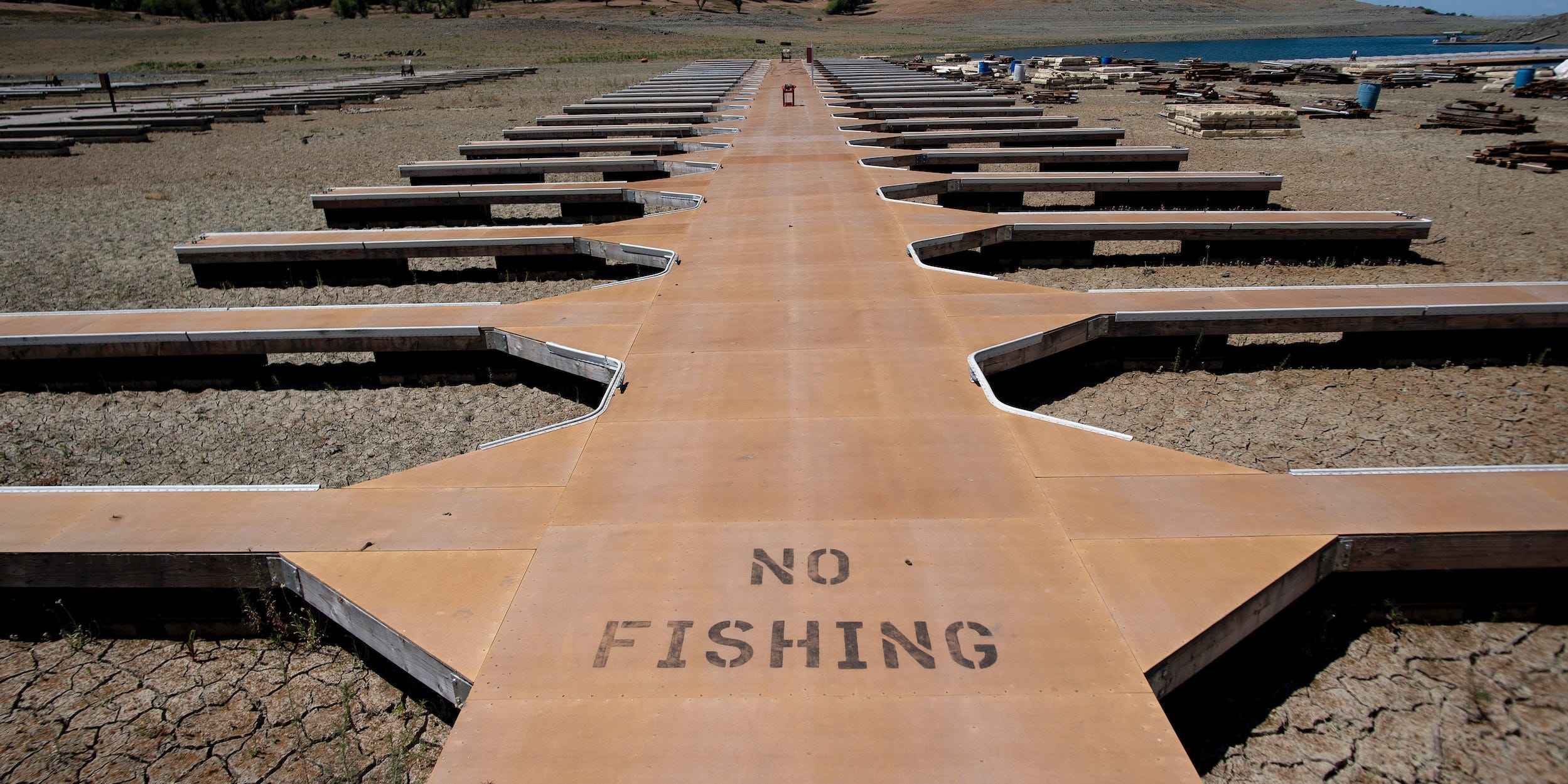
AP Photo/Josh Edelson
Heat waves cause an increase in energy demand as people try to keep their homes cool. That can strain the power grid and lead to rolling blackouts. That's what happened last year - when a heat wave hit in August, as fires ravaged California, utility companies cut power to hundreds of thousands of residents at increments that lasted up to 2.5 hours.
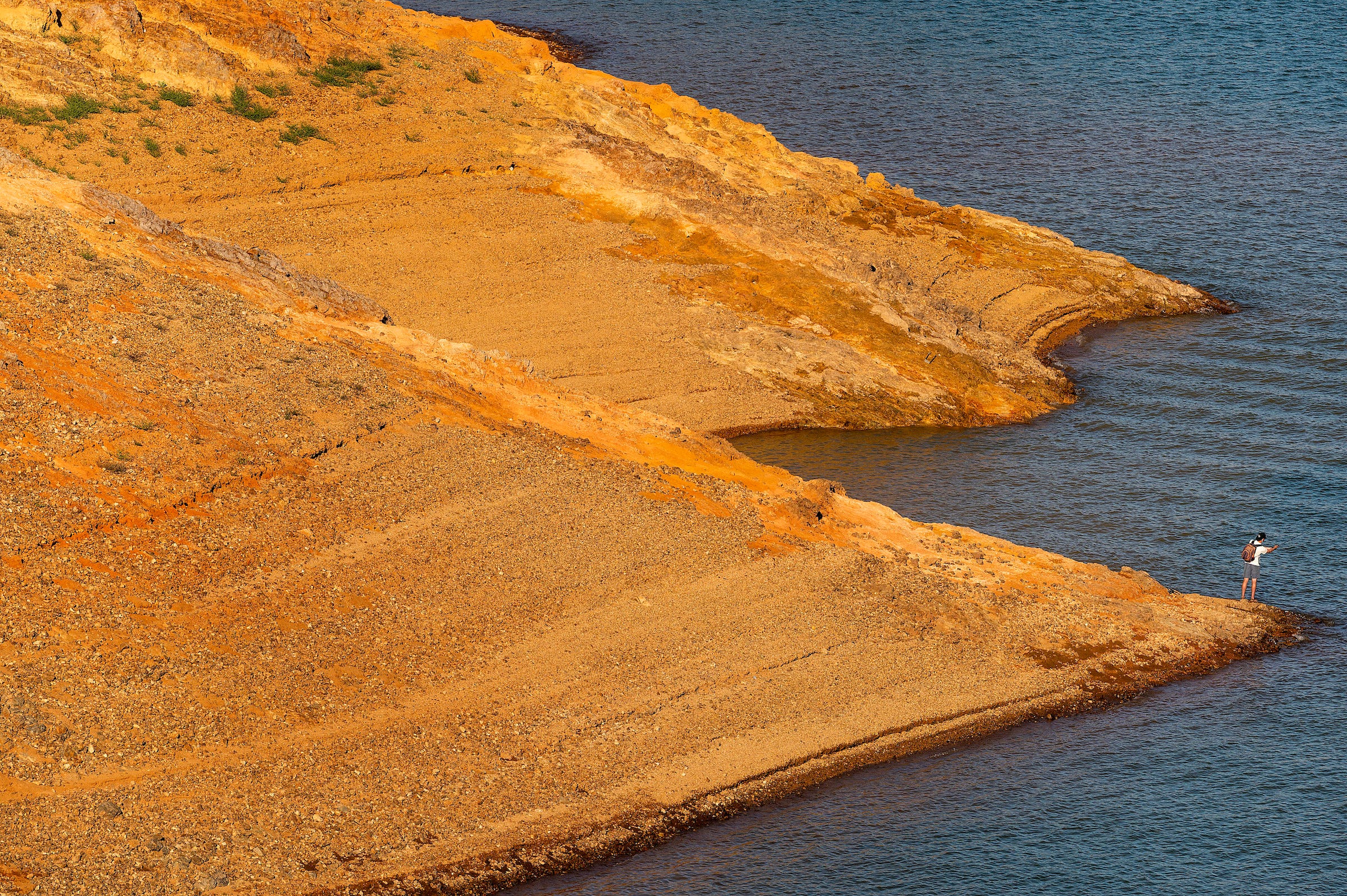
AP Photo/Noah Berger
Scientists can't attribute any individual drought or heat wave to climate change. However, research shows that rising global temperatures can increase drought risk in dry regions, as warmer air causes more moisture to evaporate, drying out soil. At the same time, heat waves are arriving earlier, lasting longer, and occurring more often than they did in the 1960s.
The dryness and heat came early this year. Reservoirs began dipping to new lows in May.
Lake Mead - the largest reservoir in the US, which provides water to 25 million people across Arizona, Nevada, California, and Mexico - is at its lowest level since it was filled in the 1930s.
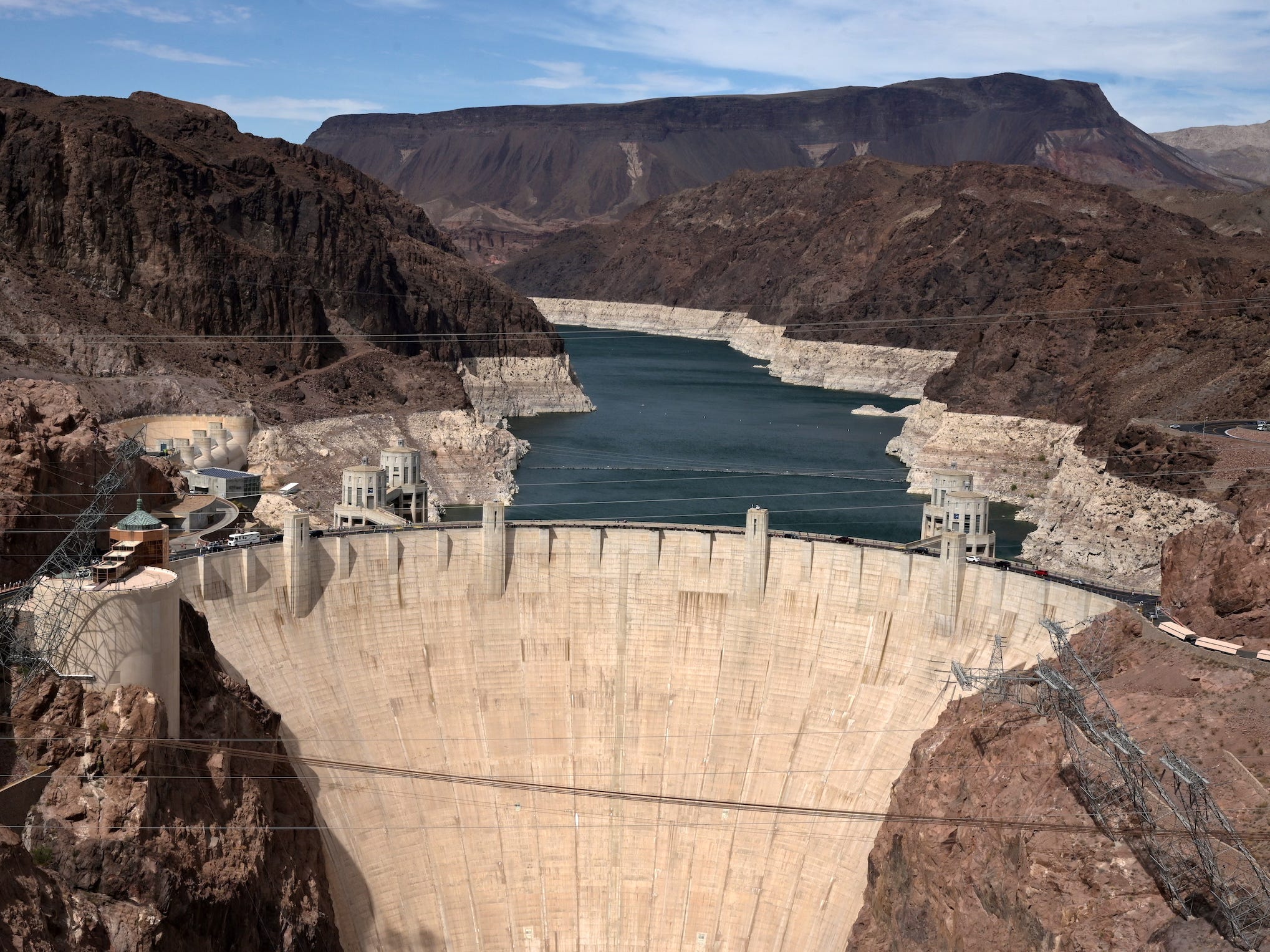
Bridget Bennett/Reuters
As of Wednesday, all but one of California's key reservoirs were operating below their historical average, according to the California Department of Water Resources.
Madison Hall contributed reporting.

